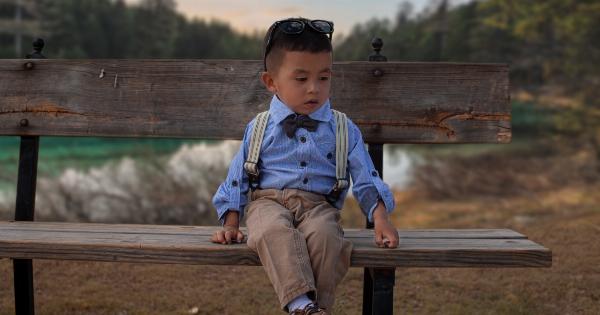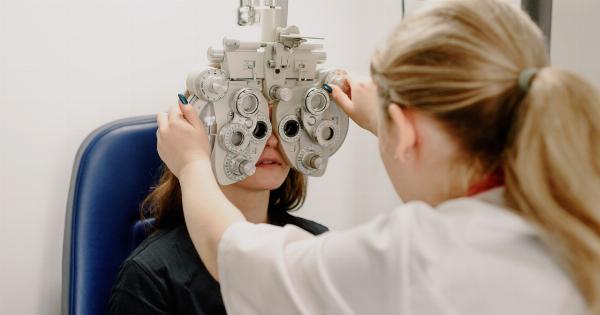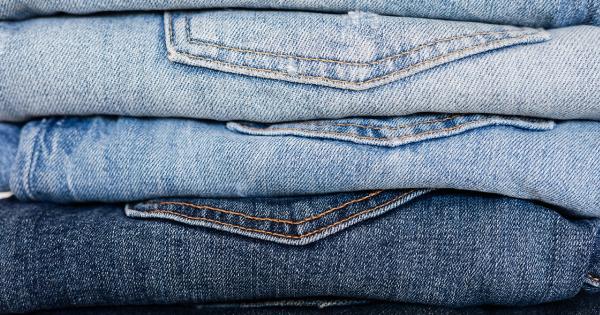When it comes to protecting your child’s eyes from harmful UV rays, many parents focus on sunscreen for their skin. However, it’s important to also consider sunglasses as a necessary accessory for outdoor activities.
Not only can prolonged exposure to UV rays cause sunburns and skin damage, but it can also lead to more serious eye conditions later in life such as cataracts and macular degeneration. In this article, we will discuss why it’s important to protect your children’s eyes with suitable sunglasses and how to choose the best ones.
Why sunglasses are essential for children
Children’s eyes are more susceptible to damage from UV rays due to their clearer lenses and larger pupils compared to adults.
This means that they are exposed to more harmful radiation in their lifetime, increasing their risk of developing serious eye conditions as they age. Wearing sunglasses reduces the amount of UV rays that reach the eyes, preventing short-term and long-term damage.
The importance of UV protection
Not all sunglasses are created equal. When choosing sunglasses for your children, it’s crucial to look for ones that offer 100% UV protection.
This means that they block both UVA and UVB rays, which are the most harmful types of radiation that can damage the eyes. Wearing sunglasses without proper UV protection can actually be worse than not wearing any at all, as they can cause the pupils to dilate and let more UV rays in.
Choosing suitable sunglasses
When looking for suitable sunglasses for your children, here are some factors to consider:.
1. Fit and Comfort
Sunglasses should fit comfortably and securely on your child’s face without slipping off or causing discomfort. Look for sunglasses with adjustable nose pads and temples to ensure a proper fit.
If the sunglasses are too tight or too loose, your child might be less likely to wear them.
2. Durability
Children tend to be rough on their belongings, so it’s important to choose sunglasses that can withstand wear and tear. Look for sturdy frames made of materials like polycarbonate or nylon that are lightweight and shatterproof.
Avoid glasses with metal frames or glass lenses, as they can be heavy and break easily.
3. Style
Sunglasses come in a variety of styles and colors, so involve your child in the selection process to make sure they like their sunglasses and are more likely to wear them.
However, keep in mind that darker lenses or wraparound styles offer better UV protection than lighter lenses or smaller frames.
4. Prescription Sunglasses
If your child wears prescription glasses, consider getting them prescription sunglasses instead of wearing clip-on sunglasses. This ensures maximum UV protection and convenience for outdoor activities.
Caring for Your Child’s Sunglasses
It’s important to take proper care of your child’s sunglasses to ensure they last and offer continued protection. Here are some tips:.
1. Clean regularly
Wipe the lenses and frames regularly with a microfiber cloth to remove dirt, smudges, and fingerprints. Avoid using harsh chemicals or abrasive materials that can scratch the lenses or damage the frames.
2. Store properly
When not in use, store the sunglasses in a case to prevent scratches and damage. Avoid leaving them in hot or humid places like the car dashboard or the beach, as this can warp the frames or cause the lenses to fog up.
3. Replace when necessary
Sunglasses don’t last forever and can lose their effectiveness over time. If the lenses are scratched or the frames are damaged, it’s time to replace them.
Also, as your child grows, their sunglasses may no longer fit properly and need to be replaced.
Conclusion
Ensuring your children’s eyes stay safe with suitable sunglasses is an important part of protecting their overall health.
By choosing sunglasses with proper UV protection, a comfortable fit, and durability, you can minimize their risk of eye damage from harmful UV rays. Remember to involve your child in the selection process and take proper care of their sunglasses to ensure they last and continue to offer protection.




























